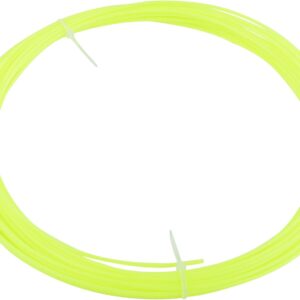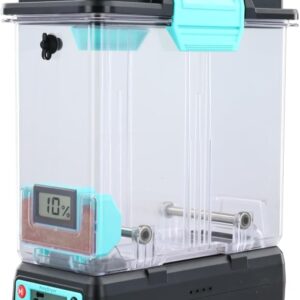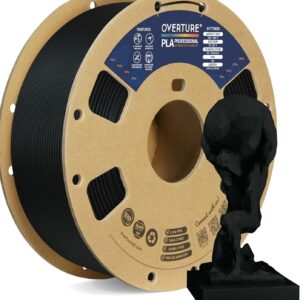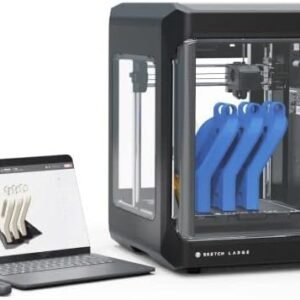Ultrasonic 3D Printers: A Medical Revolution
Researchers have developed a potentially groundbreaking ultrasonic 3D printer that could revolutionize the field of medicine by providing non-invasive solutions for organ repair. This innovative 3D printer uses ultrasound to manipulate and assemble small particles in a liquid medium, creating complex structures that could be used for tissue regeneration. The impact of this technology is significant, leading to advances in regenerative medicine and the treatment of various diseases.
Ultrasound and 3D printing: a powerful combination
Dr. Yu Shrike Zhang of Brigham and Women’s Hospital and Harvard Medical School has conducted a study that combines the unique properties of ultrasound and 3D printing to repair damaged tissue. The technology uses a mixture of chemicals that gel in response to sound waves, called sono-ink. Converted into a gel within minutes by ultrasound pulses, it can be used to repair damaged organs in the body, providing a viable alternative to invasive surgery. The team tested various sono-ink recipes and 3D printed simple structures to explore potential uses. In addition, they injected Sono-Ink containing a chemotherapy drug into damaged organs and achieved successful results.
Deeply penetrating acoustic volumetric pressure
A multi-university team of scientists has developed a technique called Deep-Penetrating Acoustic Volumetric Printing (DAVP), which uses ultrasound waves to “print” structures through layers of biomaterials in the human body. The method is based on a specially developed substance called “Sono-Ink” to create different structures in the body. Experiments have shown the technique is capable of 3D printing complex shapes and delivering chemotherapy to a pig’s liver. Although the technique has not yet been used on human patients, the team behind DAVP is committed to refining and optimizing the printing technology, researching new materials for sonot inks, and collaborating with clinical researchers to see how the method works in actual medical settings .
From bone healing to heart valve repair
Researchers at Duke University and Harvard Medical School have developed a new 3D printing process using focused ultrasound and a biocompatible ink that has potential for applications ranging from bone healing to heart valve repair. The process, called Deep Penetrating Acoustic Volumetric Printing (DVAP), uses ultrasound-sensitive ink to build 3D structures at various depths, even through tissue in the human body. This novel use of focused ultrasound could lead to safer and less invasive surgical procedures and has already been tested on pig liver tissue and a goat heart with promising results. The researchers have also developed a home-made high-intensity confocal ultrasound printer that improves both speed and resolution.
Biocompatible ink and ultrasound waves
Researchers have developed a new printing method called Deep Penetrating Acoustic Volumetric Printing (DVAP), which involves a special ink that responds to sound waves instead of light, allowing the creation of biomedically useful structures at unprecedented tissue depths. The ink, called Sono-Ink, is a blend of hydrogels, microparticles and molecules specifically designed to respond to ultrasonic waves. As a proof of concept of their new technique, the team conducted three tests, including sealing a section of a goat’s heart, tissue reconstruction and regeneration, and administering therapeutic drugs. Potential applications of this technology include surgeries and therapies traditionally associated with invasive and disruptive methods.
3D printing in the human body
A team of researchers has developed a new method for 3D printing inside the human body using a biocompatible ink that reacts with ultrasound to create biomedical structures. The process, known as “Deep-Penetrating Acoustic Volumetric Printing” (DVAP), relies on the sonothermal effect to harden the ink. The ink can be injected into a target area and then cured in place using a specially designed ultrasonic probe, creating intricate structures. The team has developed different versions of “Sono-Ink,” ranging from bone-like scaffolds to flexible heart valves, and successfully tested the technology in sealing a section of a goat’s heart to repair a bone defect inside a chicken leg. and slow release of a chemotherapy drug in a liver. However, more research is needed before this technology can be used in humans.











